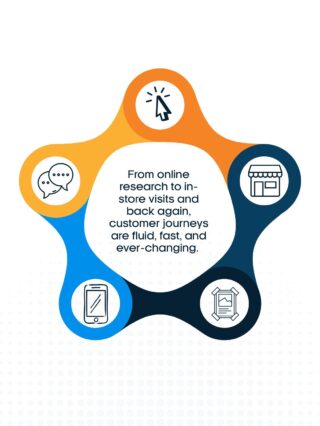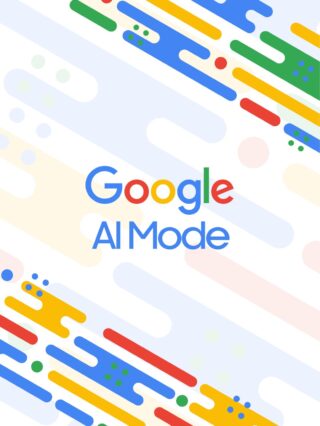For years, DTC and HCP marketing campaigns have run on parallel tracks with different audiences, different messages, and different marketing teams. But in 2025, the real advantage is bringing those efforts together. By aligning strategies across audiences, pharma marketers can unlock a more seamless, patient-centric journey, one that drives better outcomes, deeper engagement, and stronger brand performance.
The opportunity? It’s not just integration, it’s acceleration. The brands that embrace it will lead the next era of healthcare marketing.
The Case for Integration Has Never Been Stronger
Pharma marketing is evolving fast. According to OptimizeRx, 70% of HCPs agree that synchronizing HCP and DTC marketing streamlines patient care, yet only 13% say they see it happening. Why does that matter?
When messaging, timing, and data are integrated across audiences, we can:
- Accelerate therapy starts
- Improve patient outcomes
- Build stronger provider-patient trust
We’re not just selling treatments; we’re guiding patients and doctors through shared moments of care.
Proof It Works: Integrated Campaigns Drive Results
Need evidence? Deep Intent recently ran a coordinated campaign for a leading migraine medication that was optimized toward both HCP script performance and DTC audience quality.
The outcome:
- Patients exposed were 29% more likely to go on script
- HCPs were 19% more likely to prescribe the brand
The message is clear, when both sides of the journey are aligned, results follow.
How to Implement
Patients don’t think in silos; they experience a full journey by searching TikTok, Facebook, and Instagram for symptoms, googling treatment names, visiting their doctor to ask about a brand, and they need help with adherence and follow-up.
At every stage, HCP and DTC messages should work together, especially when:
- A new diagnosis or test result sends a patient to the doctor
- A provider is evaluating treatment options in real-time
- A patient needs help staying on therapy
When the right message reaches both the patient and the HCP within the same window of care, it’s no longer just marketing; it’s care coordination.
The Tools Are Already Here
In 2025, the technology to make this happen is no longer aspirational. It’s operational. Some examples include:
- Programmatic + Predictive Data: Target DTC and HCP audiences in overlapping channels, using shared signals like condition interest or prescribing behavior.
- AI + Audience Models: Timely messages based on when a patient is most likely to visit their provider and serve related messaging to HCPs in that exact window.
- Social + Influencers: Meet patients where they are with peer-level messaging, while equipping HCPs with fast, digestible clinical data that supports brand preference.
This isn’t about replacing humans. It’s about amplifying our intelligence, using AI and tech to uncover patterns and deliver better timing, more relevance, and stronger impact.
The path forward is clear: by uniting HCP and DTC efforts, we don’t just improve marketing efficiency; we create more meaningful, impactful healthcare experiences. The tools are here, the data is actionable, and the patient journey is ready to be supported in full. The brands that embrace integration will lead the way in shaping what modern, patient-first pharma marketing truly looks like.
Contributors: Erica Erskine




